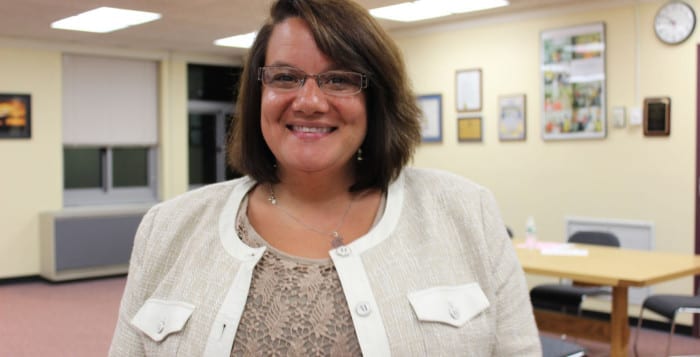After playing his freshman year at St. Anthony’s, Danny Bullis transferred back to Mount Sinai, and he and his team couldn’t be happier with his decision.
Harold Drumm, the Mount Sinai boys’ lacrosse head coach, first saw the now college-bound attackman when he was in sixth grade, playing on a club team.
“We knew he was going to be a special player,” he said. “He was really good and you could see it even at that age. He just really understood the game and we were excited for him to come on up.”
Drumm would have pulled Bullis up to the varsity level when he was a freshman, but the attack decided to try out St. Anthony’s and upon transferring back to Mount Sinai his sophomore year, made the varsity team.
“He was the quarterback of the offense for the last three years,” Drumm said. “This year he really came into his own and became the talented and determined player that we knew he could become.”
The team went 8-8 his first year on the team, where Bullis scored 21 goals and added 27 assists. In his junior year, the Mustangs went 9-6 and the attack tallied 22 goals and 39 assists.
“We haven’t really had a player like Danny since I’ve been the head coach here,” Drumm said. “We had a couple of really good players in the past when you needed a goal or an assist or were waiting for something to happen, but we never had a player of his caliber to give the ball and to create something.”

Bullis excelled his senior year, exceeding his sophomore and junior marks by scoring 45 goals and 37 assists.
His second-to-last goal of this past
season was the most important one of his career.
With 3:41 left in the Suffolk County Class B title game, in front of a large crowd at Stony Brook University’s LaValle Stadium, Bullis scored the game-winning goal to help the Mustangs edge out Sayville, 8-7.
“I can’t even describe the feeling.” Bullis said of scoring the final goal of the game. “It was one of the best feelings I’ve ever had.”
Bullis scored two goals and added two assists in the Mustangs’ first county-title win in years.
“He was definitely very dedicated and worked hard,” Drumm said of Bullis. “He had the lacrosse ability and he worked real hard in the weight room this last off-season, got a lot stronger, and that made a big difference for him his senior year. I wish I had a Danny ever year.”
The attack is now St. Joseph’s University-bound, and Taylor Wray, the men’s head coach, is thrilled to welcome his new player to the team.
“He’s a huge addition to our team,” the head coach said. “He’s got a terrific skill set, he has an old-school attackman — two-handed, great vision, speed, he’s a feed first kind of player, and he can do a little bit of everything. He can turn the corner and score, shoot the ball pretty well from the outside and he’s a very well-rounded player.”
Wray is hoping that Bullis can compete for time right away and said he believes he has all the tools to do so.
“We are expecting big things from him over the course of his career,” he said. “From a program standpoint, to have a player of Danny’s caliber and skill set on attack, and to have a character guy who puts the team first, is something that gives you a major piece to work with for many years.”
Although initially a baseball player, it seems that switching to lacrosse was another move in the right direction for Bullis, who was unanimously voted an All-American and the Attackman of the Year for Division II.
“It’s one of my greatest accomplishments,” Bullis said of the All-American nod. “Not as great as the county title, though,” he added, laughing.
According to Drumm, St. Joseph’s is a budding lacrosse program that he thinks is a perfect fit for Bullis. For the player’s mother, Janine, she’s just excited to see how far her son has come in the sport.
“The older he got the more he practiced and the more he strived to become the player that he is,” she said. “I’m so proud of how far he’s come. It’s something that I never expected. I don’t even have the words to describe how exciting it is as a parent to watch the progress of not only Danny, but the entire team.”
Bullis said he plans to take a lot of what Drumm taught him with him to college, and he’s hoping it will make him successful at the next level.
“Coach Drumm is one of my favorite coaches,” he said. “Training with him throughout the last few years has made me not only a lot better of a player, but a better person. He taught me hard work will outwork talent when talent’s not working hard, and I’m never going to give up.”











